As you get behind the wheel of your Dodge Journey, you’re likely familiar with the array of dashboard warning lights that illuminate when something’s amiss. But do you know what each light means, and what you should do when it appears? Ignoring these warnings can lead to costly repairs or, worse, safety risks.
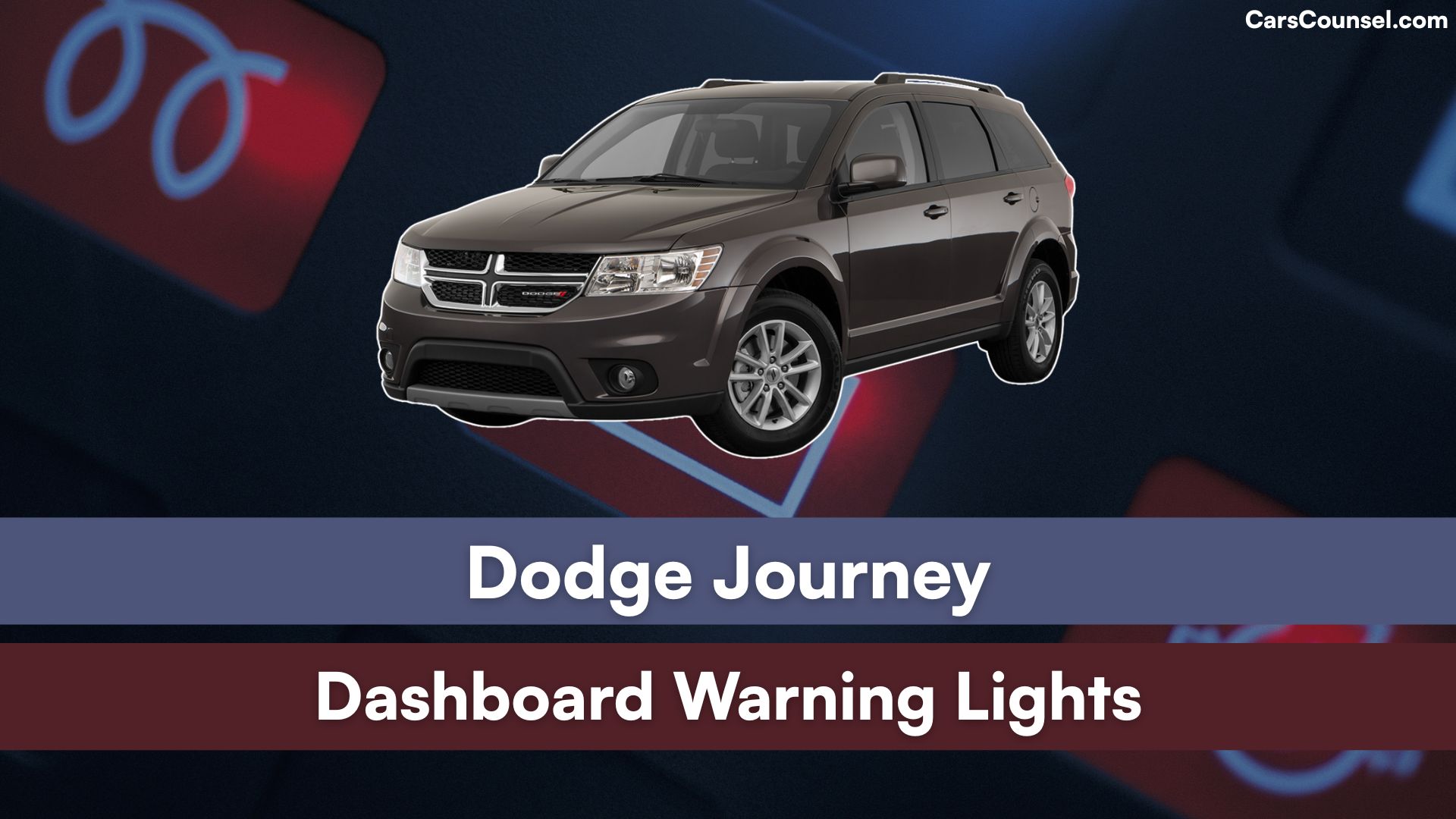
You’re probably curious about the significance of that mysterious light that just popped up on your dashboard – and what you can do to address the issue before it escalates. Let’s take a closer look at what these warning lights are trying to tell you.
Quick Navigation
Purpose of Safety Features and Alerts
Your Dodge Journey’s dashboard is equipped with various safety features and warning lights that inform you of potential issues, ensuring your safety on the road.
Key Warning Lights and Their Functions
Airbag Warning Light

Illuminates for 4-8 seconds on ignition as part of a bulb check.
If it stays on, it indicates a fault with the airbag system, requiring immediate maintenance.
Brake Warning Light

Monitors the parking brake, brake fluid levels, and brake system.
Activates if
The parking brake is applied. Brake fluid is low. There’s a malfunction in the hydraulic brake system.
ESC Warning Light
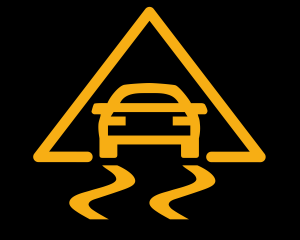
Shares ABS sensors to detect oversteer, understeer, and loss of traction during acceleration.
Alerts you to issues with the Electronic Stability Control system, ensuring better control on the road.
Importance of Addressing These Alerts
Timely attention to these warning lights helps maintain vehicle safety, preventing accidents and ensuring smooth operation.
Engine and Performance Issues
Impact of Engine Performance Problems
Engine performance issues can affect your driving experience and pose safety risks.
Common Engine Issues to Watch For
- Fuel Leaks:
- Can lead to engine misfires, reduced fuel efficiency, and potential fires.
- Worn or Fouled Spark Plugs:
- Can cause poor engine performance, reduced power, and higher emissions.
Importance of Timely Action
If you notice any unusual sounds, smells, or performance issues, address them promptly to avoid severe and costly repairs.
Monitoring and Seeking Help
Keep an eye on your dashboard warning lights, and consult your owner’s manual or a professional mechanic if you’re uncertain about engine problems.
Dashboard Warning Light Meanings
Importance of Understanding Warning Lights
Familiarizing yourself with the dashboard warning lights in your Dodge Journey helps you stay on top of potential issues and take corrective action before problems escalate.
Common Warning Lights and Their Functions
Oil Pressure Warning Light

The oil pressure warning light, often appearing as an oil can symbol, indicates a problem with your car’s oil pressure system. It signifies that the engine isn’t getting enough lubrication, which can lead to serious engine damage if not addressed. The light could indicate low oil levels, a failing oil pump, or a malfunctioning oil pressure sensor.
Traction Control Warning Light

A traction control warning light on a car’s dashboard indicates a problem with the traction control system, which helps prevent wheel spin and maintains control on slippery surfaces. The light can flash or stay on solid, and it could signify various issues, including a potential problem with the ABS system or a faulty wheel speed sensor.
Coolant Level Warning Light
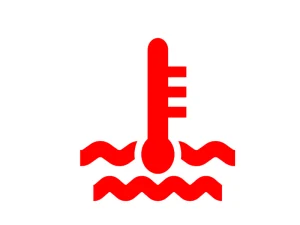
The coolant level warning light indicates that your engine coolant is low, potentially leading to overheating. It’s a crucial warning sign to address as low coolant can damage your engine.
Check Engine Warning Light

May illuminate constantly or flash, signaling different levels of severity in engine-related problems.
Key Warning Lights and Actions
Engine Temperature Warning Light
If it comes on, switch off the air conditioning and turn on the heater at maximum with maximum fan speed.
Transmission Warning Light
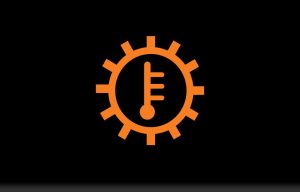
If illuminated, stop the vehicle and place the transmission into Park or Neutral while leaving the engine running at idle.
Importance of Regular Maintenance
Regular maintenance, including checking fluids, tire pressure, and brakes, helps prevent warning lights from appearing, ensuring your Dodge Journey runs smoothly and safely.
System Failures and Troubleshooting
When a warning light appears on your Dodge Journey’s dashboard, it’s crucial to identify and address the issue quickly to prevent further damage or safety risks.
Transmission Temperature Warning Light
Indicates a potential Transmission Failure, where overheating transmission fluid can cause significant damage to the vehicle’s transmission.
Sensor Malfunction
Can trigger multiple warning lights, signaling a broader issue that needs immediate attention.
Troubleshooting and Guidance
- Always refer to your owner’s manual for specific instructions on how to respond to warning lights and troubleshoot effectively.
- Promptly addressing these issues minimizes repair costs and ensures vehicle safety.
Common Warning Light Combinations
Importance of Recognizing Warning Light Combinations
When multiple warning lights appear on your Dodge Journey’s dashboard, it’s crucial to understand the combination to diagnose and address potential issues promptly.
Key Light Combinations and Their Meanings
Check Engine and Transmission Temperature Lights
May indicate a faulty transmission cooler or a malfunction in the transmission’s cooling system.
ESC and ABS Lights
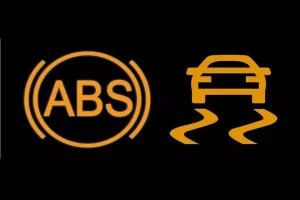
Illuminating together suggests a problem with the vehicle’s stability control system.
Benefits of Recognizing Warning Patterns
By identifying these light combinations early, you can take the necessary action to prevent further damage and ensure your safety on the road.
Tire Pressure and Braking Systems
Tire Pressure Warning Light
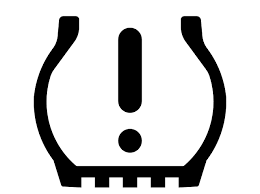
Your Dodge Journey’s tire pressure and braking systems are crucial to maintaining vehicle stability and safety on the road.
Key Considerations for Tire Pressure
- Tire Pressure Checks:
- Essential for even tire wear, improved fuel efficiency, and better handling.
- Underinflated tires can reduce traction, increase stopping distances, and raise the risk of blowouts.
- Tire Pressure Monitoring System (TPMS):
- Illuminates when one or more tires are under-inflated.
Brake Fluid Warning Light
Key Considerations Brake Fluid Checks and Safety
- Brake Fluid Levels:
- Regular checks are crucial for optimal braking performance.
- Low brake fluid levels can lead to reduced braking power, increased stopping distances, and potential brake failure.
Preventive Measures
Regular tire and brake fluid checks help maintain safety and prevent costly repairs or accidents.
Electronic System Failures
Your Dodge Journey’s dashboard warning lights help alert you to electronic system failures that could affect performance and safety.
Power Steering Warning Light

Indicates a failure with the power steering system, resulting in increased effort to turn the wheel.
Electronic Throttle Control (ETC) Warning Light

Illuminates if there’s an issue with the accelerator pedal module, throttle valve, or motor.
Audible Warnings
Purpose Audible Warnings
Your Dodge Journey’s dashboard uses both visual and audible warnings to alert you to system malfunctions, ensuring your safety on the road.
Audible Warnings
- Chimes and Beeps:
- Sound to alert you to potential problems.
- Flashing Security Warning Light:
- Indicates a specific issue related to the vehicle’s security system.
Importance of Familiarizing Yourself with Alerts
Recognizing and responding promptly to these visual and audible warnings helps prevent further damage and ensures vehicle safety.
Troubleshooting and Repair Guidance
Your Dodge Journey’s dashboard warning lights alert you to potential issues, but they are just the first step in identifying and addressing a problem.
Steps for Troubleshooting
- Consult the Owner’s Manual or Repair Guide:
- Review the manual for guidance on fault diagnosis and repair for specific warning lights.
- Identify the Warning Light:
- Determine which system the warning light relates to and follow the recommended troubleshooting procedures.
- DIY Repairs or Professional Assistance:
- If comfortable, perform repairs following the troubleshooting steps.
- Otherwise, seek help from a professional mechanic.
Importance of Prompt Action
Addressing issues early prevents further damage, ensuring your vehicle remains reliable and safe. With proper guidance, you can keep your Dodge Journey in top condition.
When looking at Dodge, make sure to check out our guides on models like the Dodge Durango, Dodge Charger, Dodge Grand Caravan, and Dodge Dart. Understanding dashboard warning lights is essential. Our expert reviews break down what each light means, highlighting common alerts for these models and what they could signal about underlying issues, so you’re never left guessing behind the wheel.

